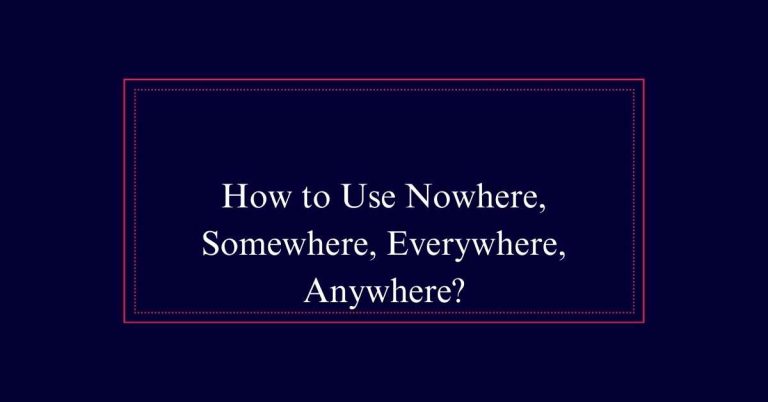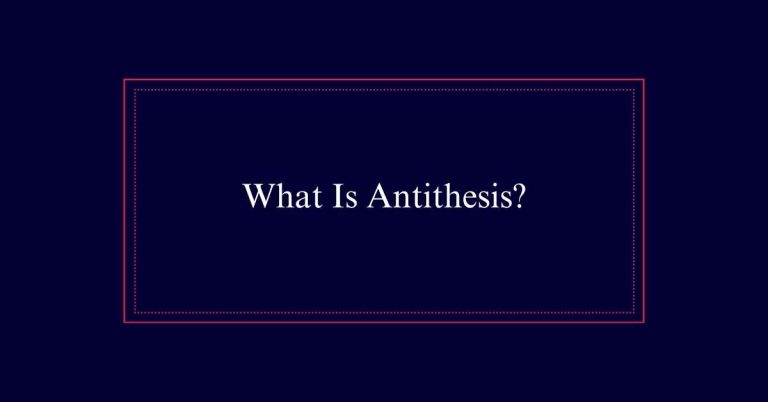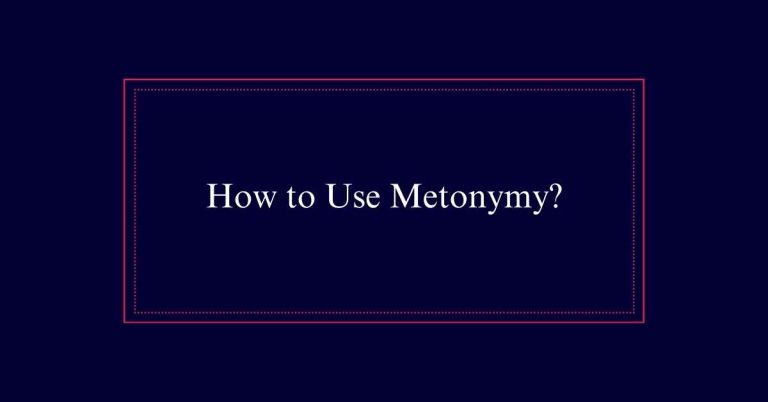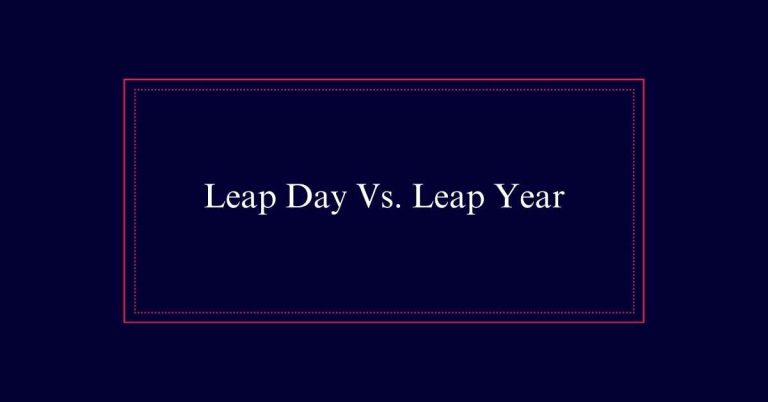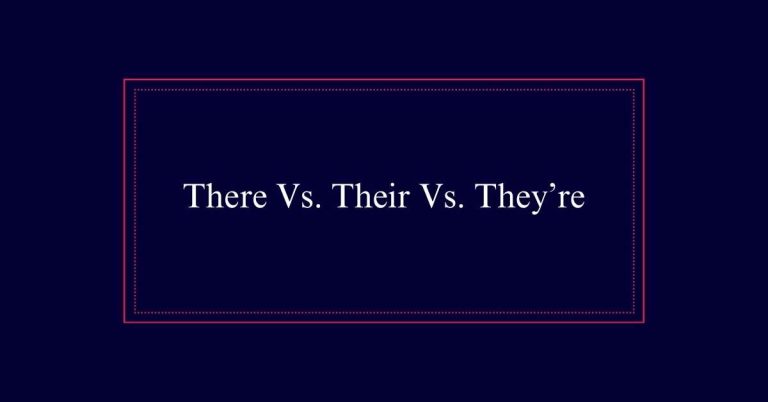How to Write Dates Correctly in English?
Writing dates correctly in English helps to guarantee clarity. In American English, the format is month-day-year (e.g., February 1, 2023). In British English, it is day-month-year (e.g., 1 February 2023). To include the day of the week, American format is ‘Wednesday, February 1, 2023’ and British format is ‘Wednesday, 1 February 2023’.
Use numerals for the year, avoiding ‘and’ after ‘thousand’ in American English. Ordinal numbers like ‘1st’ are common in British formats. Consistent year formatting is important.
In American English, dates are typically written in the month-day-year format. For example, February 1, 2023, is a common way to write a date. It can also be abbreviated to Feb. 1, 2023.
Additionally, numeric formats such as 2/1/23 or 2-1-23 are widely used. When including the day of the week, a comma follows the day. For instance, Wednesday, February 1, 2023.
It is also acceptable to write the date as February 1st.
British Date Formats
British English dates are typically written in the day-month-year format. This means the day is listed first, followed by the month, and then the year.
For example, 1 February 2023 is a common way to write the date. Shorter forms include 1 Feb. or 1/2/23. Using ordinal numbers, such as 1st February 2023, is also acceptable.
When writing the day of the week, it precedes the date: Wednesday, 1 February 2023. This format guarantees clarity and avoids confusion, especially in international communication.
Note that in British English, placing the day before the month is standard practice, contrasting with American formats where the month typically comes first.
Writing the Year
Expressing the year in written English involves specific conventions that vary slightly between American and British usage. In both styles, years are typically written as numerals unless they begin a sentence.
For example, one would write ‘The year 1929 brought significant events,’ but ‘Two thousand sixteen was an eventful year in politics.’
Notably, American English generally omits ‘and’ after ‘thousand’ for years post-2000, while British English often includes it.
American English: ‘2016’ without ‘and’ (e.g., ‘Two thousand sixteen’)
British English: ‘2016’ with ‘and’ (e.g., ‘Two thousand and sixteen’)
Numerals: Always use numerals for the year unless starting a sentence
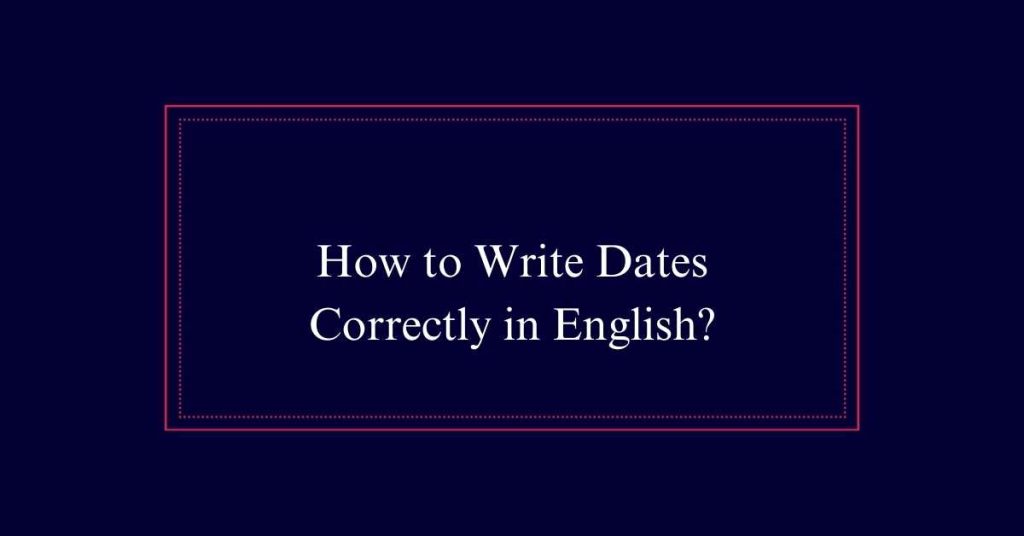
Month and Day Formats
Writing the month and day in English varies between American and British conventions. In American English, the month typically comes before the day. For example, February 1, 2023, or Feb. 1, 2023.
In contrast, British English places the day before the month, such as 1 February 2023 or 1 Feb. 2023. Additionally, American English often uses a comma after the day when the year is included, while British English does not. For example, Americans write February 1, 2023, whereas British write 1 February 2023.
Both formats use numerals for the day but may employ ordinal numbers in informal contexts, especially in British English, like 1st February 2024.
Dates With Days of the Week
When incorporating the day of the week into a date, both American and British English follow specific conventions. In both styles, the day of the week is typically written first, followed by a comma and the full date.
For example, American English writes ‘Wednesday, February 1, 2024,’ while British English writes ‘Wednesday, 1 February 2024.’ Using these formats helps guarantee clarity and avoids confusion.
Consider these points:
- Always place a comma after the day of the week.
- Guarantee the day of the week matches the date; double-check calendars if in doubt.
- Avoid abbreviations for days of the week in formal writing.
Writing Centuries
Understanding how to write centuries correctly is essential for clarity in historical writing.
When referring to whole centuries, avoid using an apostrophe before the ‘s’.
For instance, write ‘the 1800s’ or ‘the nineteenth century.’
The same rule applies regardless of whether you use numerals or words.
Always write out the full century to prevent confusion.
For example, ‘the 21st century’ is important and accurate.
Avoid abbreviations or informal expressions.
When structuring sentences, maintain consistency to make sure the reader understands the time period.
This precision is vital for academic writing, historical analysis, and any context where accurate time representation is necessary.
Writing Decades
Properly representing decades in writing is crucial for clear and accurate communication. When writing about decades, it is customary to use a two-digit format with an apostrophe before the digits and an ‘s’ after. For instance, write ‘the ’80s’ to refer to the 1980s. Alternatively, you can spell out the decade, such as ‘the eighties.’ This guarantees the reader understands the time period being referenced.
- Examples:
- In the ’90s, technology advanced rapidly.
- Many trends from the ’70s are making a comeback.
- The ’60s were known for cultural revolutions.
All-Numeral Dates
All-numeral date formats are frequently avoided in formal writing due to their potential for confusion. These formats vary greatly across regions, leading to misunderstandings.
For example, the date 2/1/23 could mean February 1, 2023, in American English, but January 2, 2023, in British English. This inconsistency can cause errors, especially in international communications.
Using all-numeral dates can be practical in informal contexts or personal notes, but they lack the clarity required for formal documents. It is always better to write out the month in words to avoid ambiguity.
For instance, writing ‘February 1, 2023’ is clear and precise. This practice ensures that the intended date is easily understood by all readers.
Formal Vs. Informal Dates
When choosing between formal and informal date formats, context and audience play important roles. Formal dates are often required in business, academic, and official documents. They typically use the full format, such as ‘February 1, 2023’ in American English or ‘1 February 2023’ in British English.
Informal dates, on the other hand, are more relaxed and are commonly found in personal communication, like emails or text messages. These might be written as ‘Feb. 1, 2023’ or ‘1 Feb.’
Formal dates use full month names and numerals.
Informal dates can abbreviate months and omit the year if context allows.
Always consider who will read the date to choose the appropriate format.
Common Date Errors
Lastly, understanding the differences between formal and informal date formats helps prevent common date errors that can lead to miscommunication.
One frequent mistake is mixing up American and British date formats. For example, ‘2/1/23’ means February 1, 2023, in American English but January 2, 2023, in British English.
Another error occurs with inconsistent use of commas, such as ‘Wednesday February 1 2023’ instead of ‘Wednesday, February 1, 2023.’
Incorrect use of ordinal numbers is also a problem, like writing ‘1st February 2023’ when ‘1 February 2023’ is preferred in formal contexts.
Lastly, avoid using all-numeral formats in formal writing, as they can be ambiguous and vary by region.

